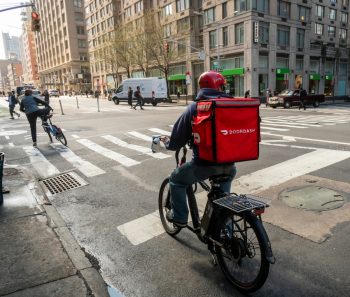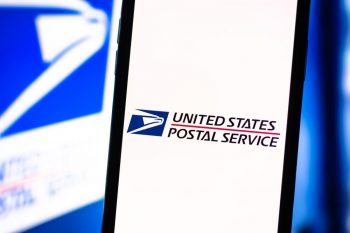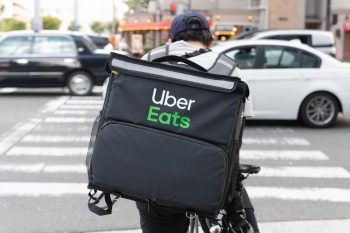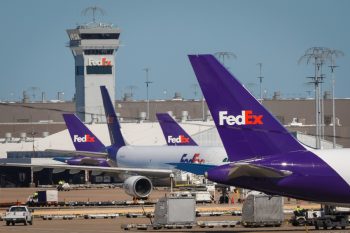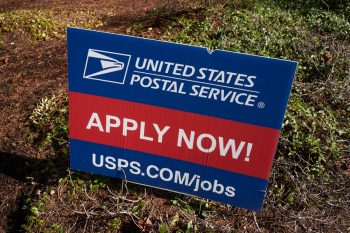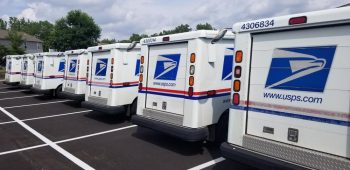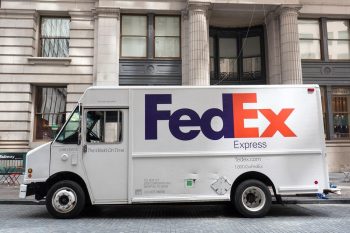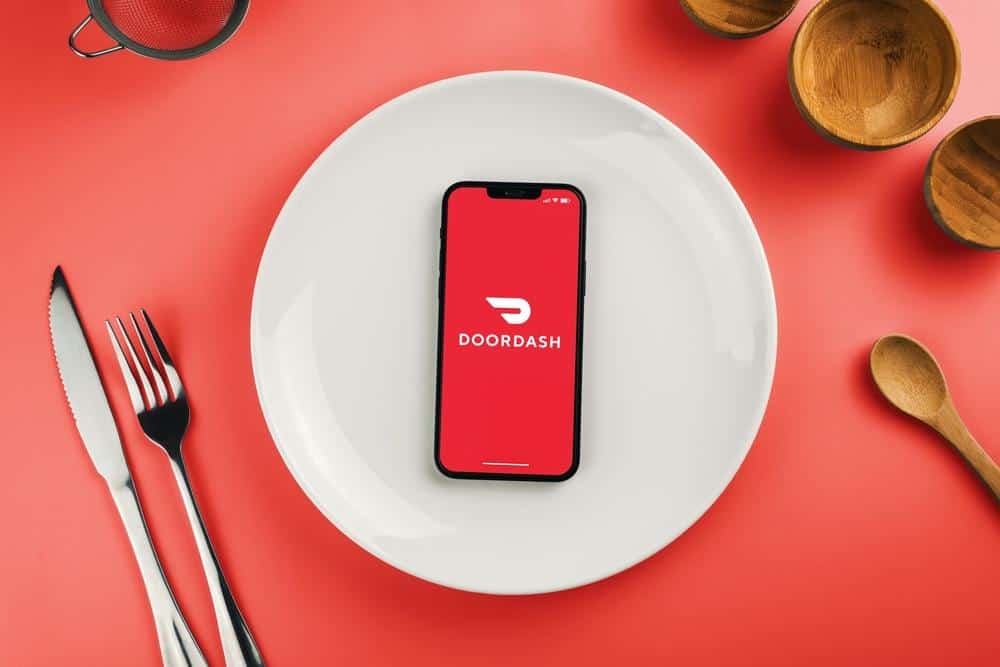
DoorDash, one of the leading food delivery services, relies heavily on its sophisticated algorithm to ensure smooth operations. From assigning orders to optimizing routes, the algorithm plays a crucial role in enhancing user experiences. But how exactly does it work? In this comprehensive guide, we delve deep into DoorDash’s algorithm to understand its functionality and impact.
DoorDash’s algorithm works by efficiently managing order assignments, driver matching, delivery routes, and customer preferences. It uses machine learning and optimization techniques to match orders with the best available drivers, based on factors such as proximity and demand. It also employs a routing algorithm called DeepRed to optimize delivery routes. The algorithm is dynamic, able to adapt to real-time factors such as traffic jams or bad weather, and uses data analysis to handle peak times and high demand. Finally, it caters to customer preferences by generating personalized restaurant and food recommendations.
Order Assignment and Driver Matching
The first step in the DoorDash delivery process is order assignment. When a customer places an order, the algorithm immediately kicks into action, searching for the best driver available. It considers factors such as driver proximity, current demand, and estimated food preparation time. The goal is to ensure that orders are assigned efficiently, minimizing waiting time for customers and maximizing driver productivity.
The algorithm also utilizes machine learning and optimization techniques to match the right Dasher (DoorDash’s term for their drivers) with each order. It aims to balance the experience of Dashers, customers, and merchants while maintaining marketplace efficiency. The algorithm adapts to real-time factors like driver availability and customer demand, making it a dynamic and responsive system.
Delivery Route Optimization
DoorDash employs an efficient routing algorithm called DeepRed to optimize delivery routes. DeepRed uses multithreading, a technique that splits the problem into smaller jobs optimized concurrently. This approach improves execution time for large input sizes, making the delivery process faster and more efficient.
The algorithm also leverages an open-source library that employs a ruin-and-recreate approach for route optimization. This method involves removing a number of random nodes from the solution and then reinserting them in the most cost-effective way possible, ultimately leading to a more optimized route.
Adapting to Real-Time Factors
One of the standout features of DoorDash’s algorithm is its ability to adapt to real-time factors. For instance, if there’s a sudden traffic jam or unexpected bad weather, the algorithm recalibrates and readjusts the routes to ensure timely deliveries.
Moreover, the algorithm uses machine learning models to estimate various aspects of the delivery process, such as parking time and the logistics of collecting the order. This ability to adapt and learn from different situations makes DoorDash’s algorithm highly efficient and reliable.
Handling Peak Times and High Demand
During peak demand times, the algorithm uses a combination of technology, data analysis, and demand shaping strategies. Real-time tracking systems enable efficient routing of delivery partners, and AI algorithms predict demand, optimize routes, and identify potential issues. Dynamic pricing strategies are also used to adjust delivery prices based on real-time demand, steering customers towards off-peak hours or less-busy restaurants.
Catering to Customer Preferences
Finally, the algorithm also caters to customer preferences. By analyzing user behavior and historical data, it can generate personalized restaurant and food recommendations. This level of personalization enhances the user experience, making DoorDash a preferred choice for many food delivery customers.
In conclusion, DoorDash’s algorithm is a sophisticated system that effectively balances supply and demand by dynamically optimizing order assignments, driver matching, delivery times, and routing. By continuously learning and adapting to changing conditions, the algorithm ensures efficient and satisfactory deliveries for customers, merchants, and Dashers alike.
Frequently Asked Questions
What is Machine Learning and how does it help in DoorDash’s algorithm?
Machine Learning is a form of artificial intelligence that enables a system to learn from data and improve from experience without being explicitly programmed. It plays a significant role in DoorDash’s algorithm by helping it to continually learn and adapt to changing conditions such as driver availability, customer demand, and real-time situations like traffic or weather conditions.
What is the ruin-and-recreate approach in route optimization?
The ruin-and-recreate approach is a method used in route optimization where a number of random nodes are removed from the solution, and then reinserted in the most cost-effective way possible. This approach allows DoorDash’s algorithm to continually optimize delivery routes, leading to greater efficiency and faster delivery times.
How does the algorithm cater to customer preferences?
DoorDash’s algorithm uses data analysis to understand customer preferences. By analyzing user behavior and historical data, it can generate personalized restaurant and food recommendations. This level of personalization enhances the user experience and makes DoorDash a preferred choice for many food delivery customers.
How does the algorithm handle peak times and high demand?
During peak demand times, DoorDash’s algorithm uses a combination of technology, data analysis, and demand shaping strategies. Real-time tracking systems enable efficient routing of delivery partners, and AI algorithms predict demand, optimize routes, and identify potential issues. Dynamic pricing strategies are also used to adjust delivery prices based on real-time demand, steering customers towards off-peak hours or less-busy restaurants.

